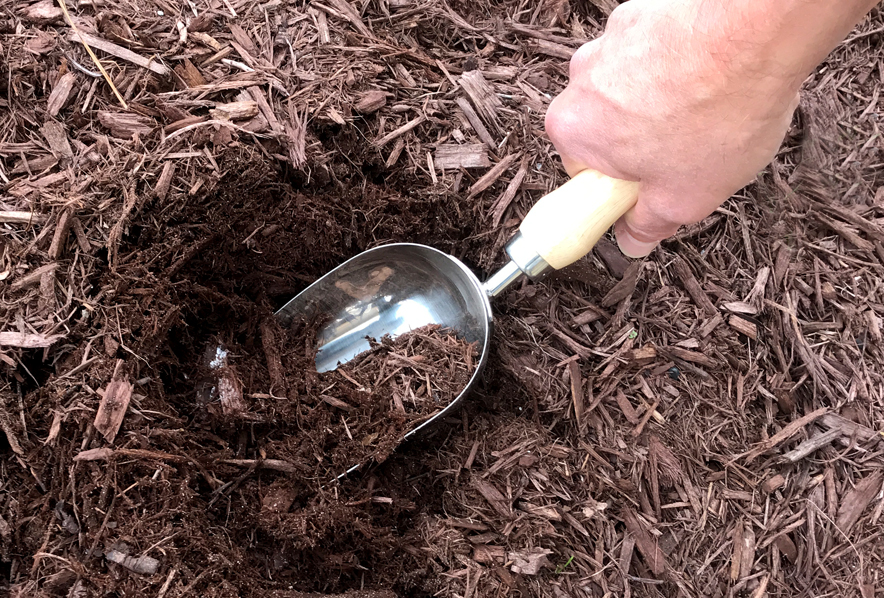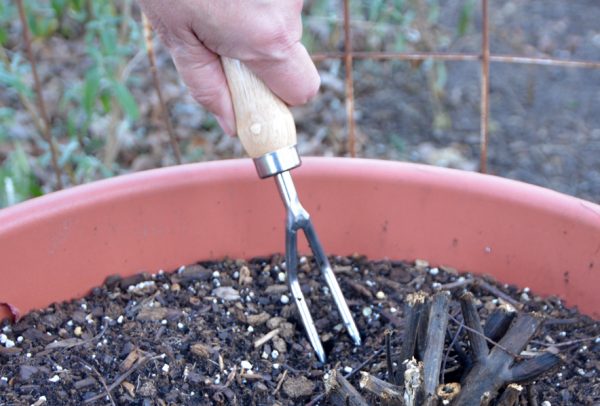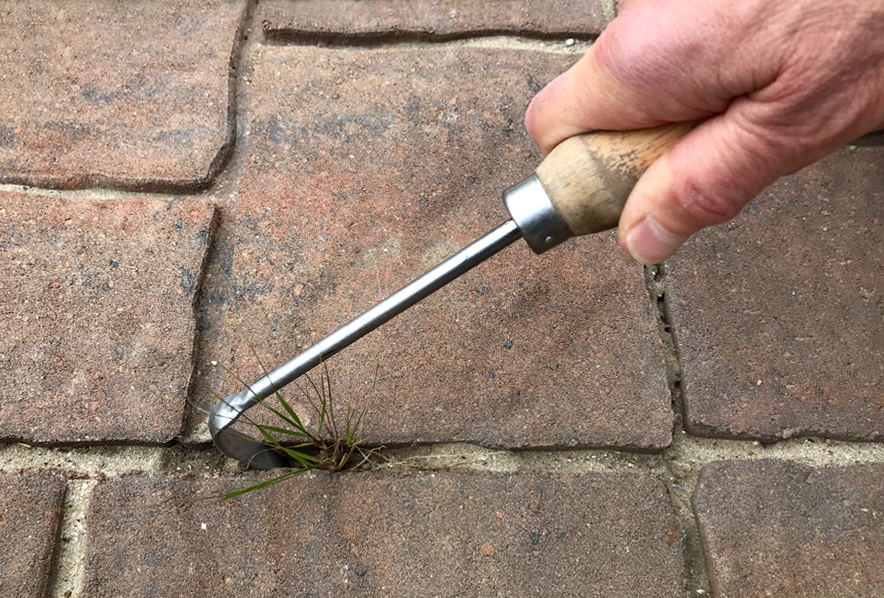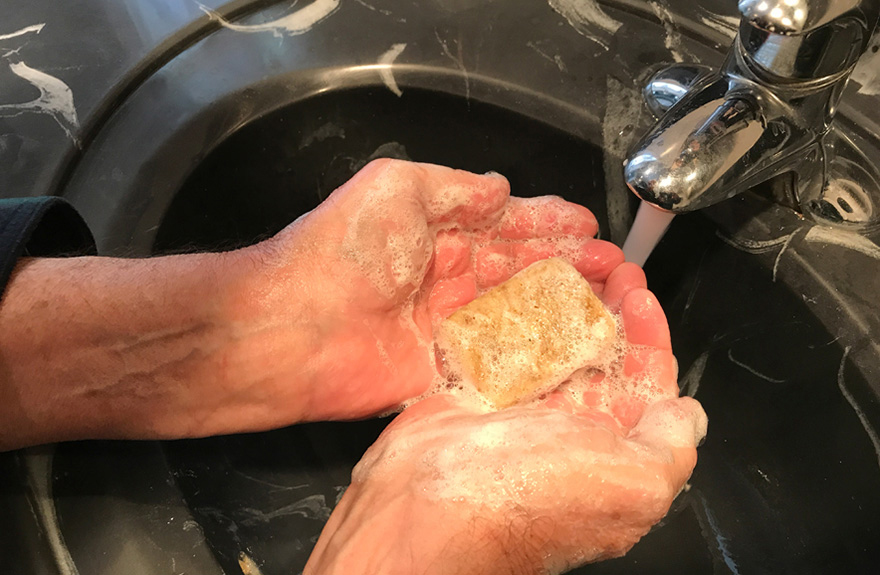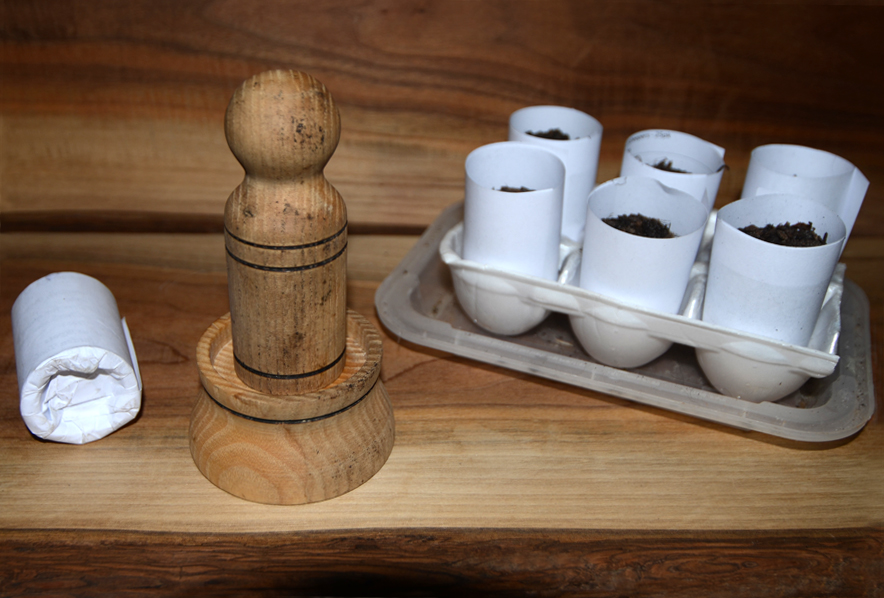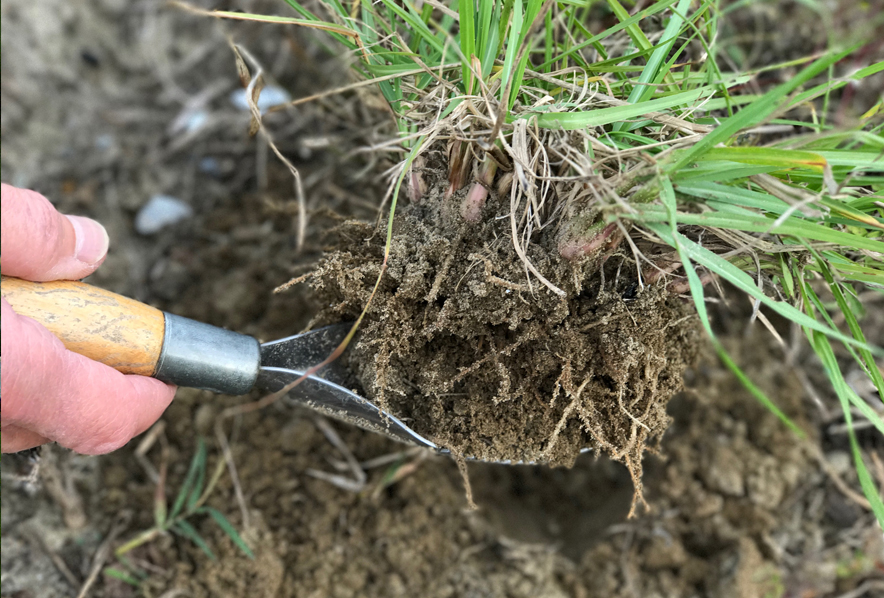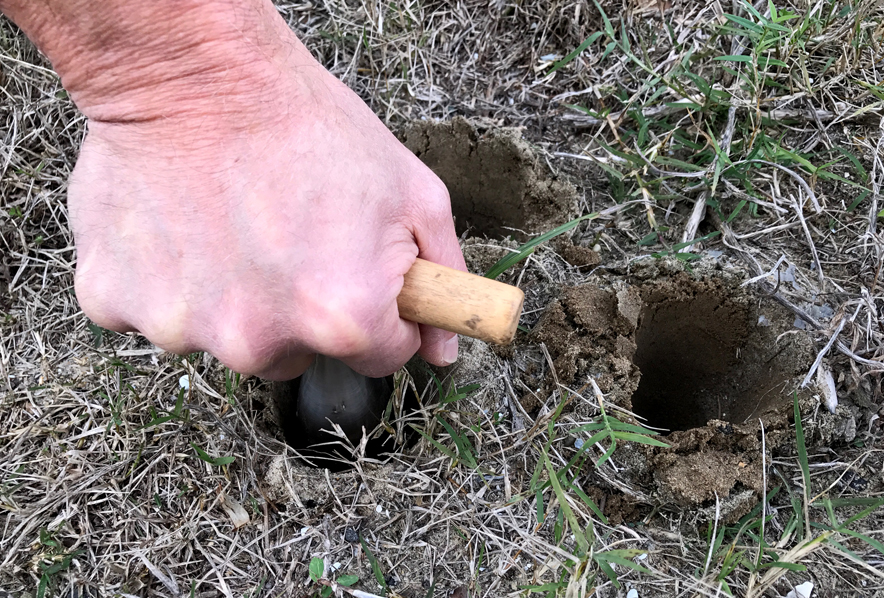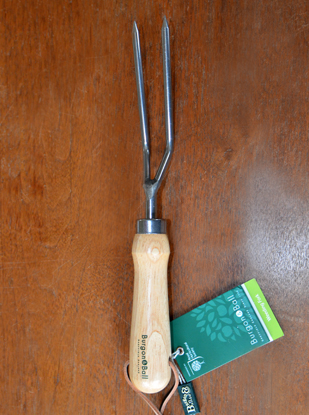
The Harvesting History Heirloom Weeding Fork
-
- **SOLD OUT** HOLIDAY GIFTS **SOLD OUT**
- **SOLD OUT** Holiday Books **SOLD OUT**
- **SOLD OUT** Holiday Citrus **SOLD OUT**
- **SOLD OUT** Holiday Gift Certificates **SOLD OUT**
- **SOLD OUT** Holiday Paperwhites **SOLD OUT**
- **SOLD OUT** Holiday Praying Mantis Kits **SOLD OUT**
- **SOLD OUT** Holiday Tools **SOLD OUT**
- **SOLD OUT** Holiday Wildflower Mixtures **SOLD OUT**
- Citrus Trees
- **SOLD OUT** - Vegetable and Herb Plants - Mix & Match any 6 Plants for $50 - Only Shipped in Quantities of 6
- Elephant Ear Plants & Roots
- **SOLD OUT** 4-Inch Pot Herb Plants **SOLD OUT**
- Rare Plants
- **SOLD OUT** Vining Plants **SOLD OUT**
- Asian Seeds
- Beneficial Bugs
- Books
- Citrus Fertilizers
- Cold-Treated Bulbs - SEE BULBS FOR FALL PLANTING TO ORDER
- Cold-Treated Allium
- Cold-Treated Chionodoxa
- Cold-Treated Crocus
- Cold-Treated Hyacinthoides
- Cold-Treated Hyacinthus Orientalis
- Cold-Treated Narcissus
- Cold-Treated Cyclamineus Narcissus
- Cold-Treated Double Heirloom Narcissus
- Cold-Treated Jonquilla Narcissus
- Cold-Treated Large Cupped Narcissus
- Cold-Treated Poeticus Narcissus
- Cold-Treated Small Cupped Narcissus
- Cold-Treated Species Miniature Narcissus
- Cold-Treated Split Cupped Narcissus
- Cold-Treated Tazetta Narcissus
- Cold-Treated Triandus Narcissus
- Cold-Treated Trumpet Daffodils
- Cold-Treated Ornithogalum
- Cold-Treated Rock Garden Iris
- Cold-Treated Scilla
- Cold-Treated Tulips
- Cold-Treated Emperor Tulips
- Cold-Treated Fringed Tulips
- Cold-Treated Green or Viridiflora Tulips
- Cold-Treated Lily Flowering Tulips
- Cold-Treated Parrot Tulips
- Cold-Treated Peony Flowering Tulips
- Cold-Treated Single Early Tulips
- Cold-Treated Single Late Tulips
- Cold-Treated Species Tulips
- Cold-Treated Triumph Tulips
- Flower Bulbs, Corms and Tubers
- Bulbs for Spring Planting
- Bulbs for Fall Planting - ALL BULBS AVAILABLE ARE COLD TREATED FOR PLANTING AS SOON AS SOIL CAN BE WORKED
- Fall Blooming Bulbs
- Garden Tools & Equipment
- Gift Certificates
- HHH Exclusive Wildflower Mixtures
- Wildflower Mixtures
- Heirloom Garlic
- Potatoes
- Roots & Sets
- Seeds
- Flowers
- Herbs
- Vegetables
- **SOLD OUT** HOLIDAY GIFTS **SOLD OUT**
-
- No products to compare
-
10 in stock
Quick Overview
The Harvesting History Heirloom Weeding Fork
This tool has broad applications for container gardening as well as general gardening. It can be used to cultivate soil in small areas, to remove broadly rooted weeds and dead or dying small to medium-sized plants and shrubs. First introduced by the British in the 1800s, the Burgon & Ball Weeding Fork has received Britain’s Royal Horticultural Society’s Endorsement of Distinction for its exceptional versatility and long-lasting construction.
The Weeding Fork is a two-tined fork constructed of a tempered stainless steel. Each tine is rounded, not flattened. The stainless steel end measures 6 inches with each tine measuring 5 inches. This stainless-steel head is anchored firmly in a 5.5 inch, hardwood handle.

The Harvesting History Heirloom Weeding Fork
The Weeding Fork is more commonly known in England as the Jekyll Weeder. It was named after the famous horticulturalist, Gertrude Jekyll whose favorite weeder looked just like the Weeding Fork. The British have probably given the world more specific purpose gardening hand tools than any other culture.
The tool makes an elegant presentation with its rounded, shiny steel tines. The Weeding Fork is useful as a small hand cultivator and what the Brits call a grubbing tool. Grubbing is British for random weeding. The wooden handle nestles snugly in the hand for a firm, but comfortably strong grip.
One of the great advantages of this tool is that it works very well in containers to both remove and relocate plants as well as to discreetly turn the container soil.
All weeders multiply the native capabilities of the human hand. There are three classes of weeders: those that chop or pull the roots through the soil like fingers shaped like a claw; those that mimic the edge of a hand for slicing off weeds, and those that function like a hand’s ability to pinch grasping the weed roots and yanking them out of the ground. The Weeding Fork belongs to the first class.
Remember, the weakness of most hand weeders lies in their metal heads. The maneuvering forces which allow the tools to remove weeds and their roots leads to bending, weakening and ultimately breaking. Because of this, the best hand tools are always constructed with a certain amount of spring built into their design. They can then give and rebound against obstacles. Such is the design of the Burgon & Ball Weeding Fork.
Recommended Companion Plants
